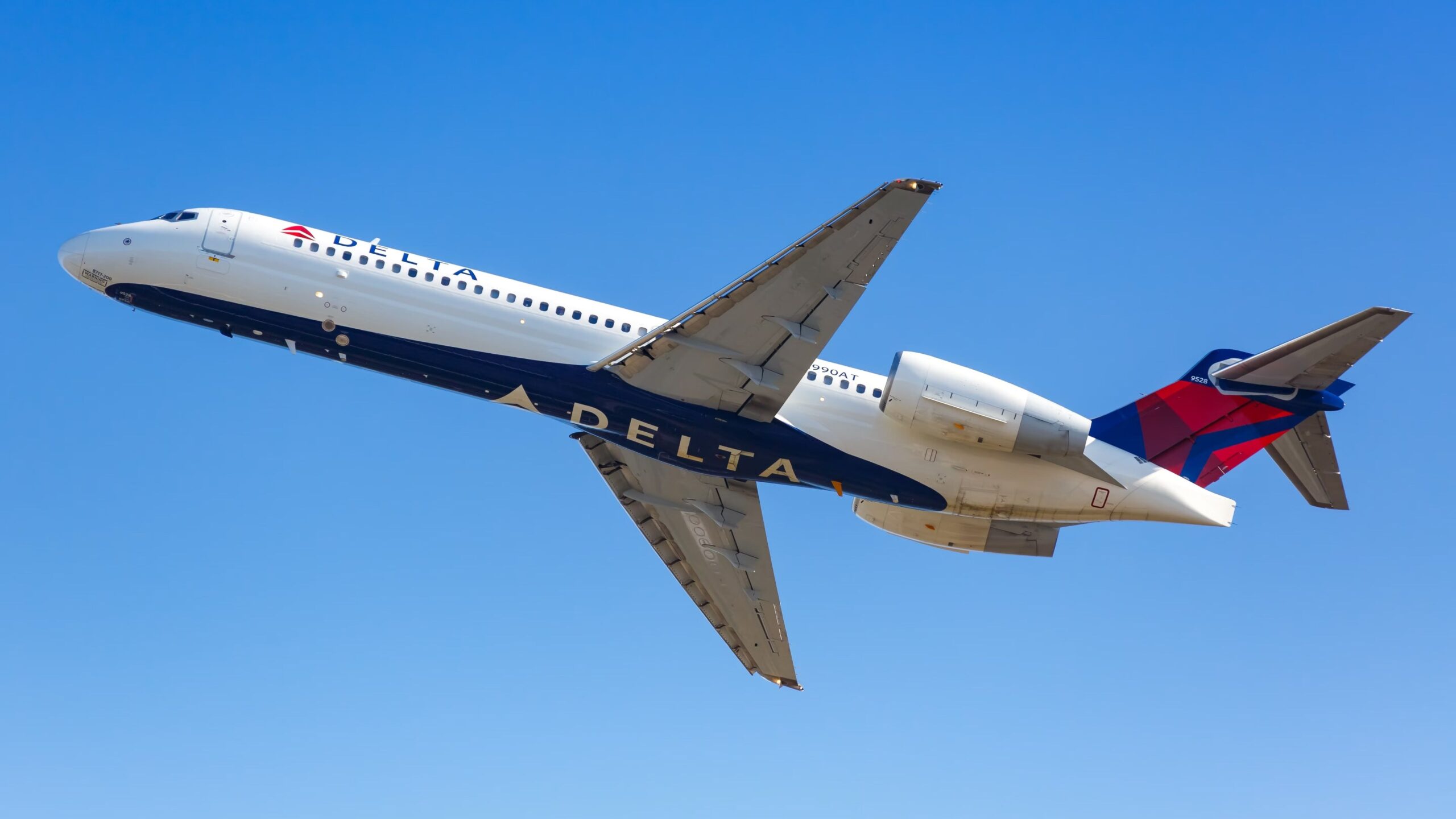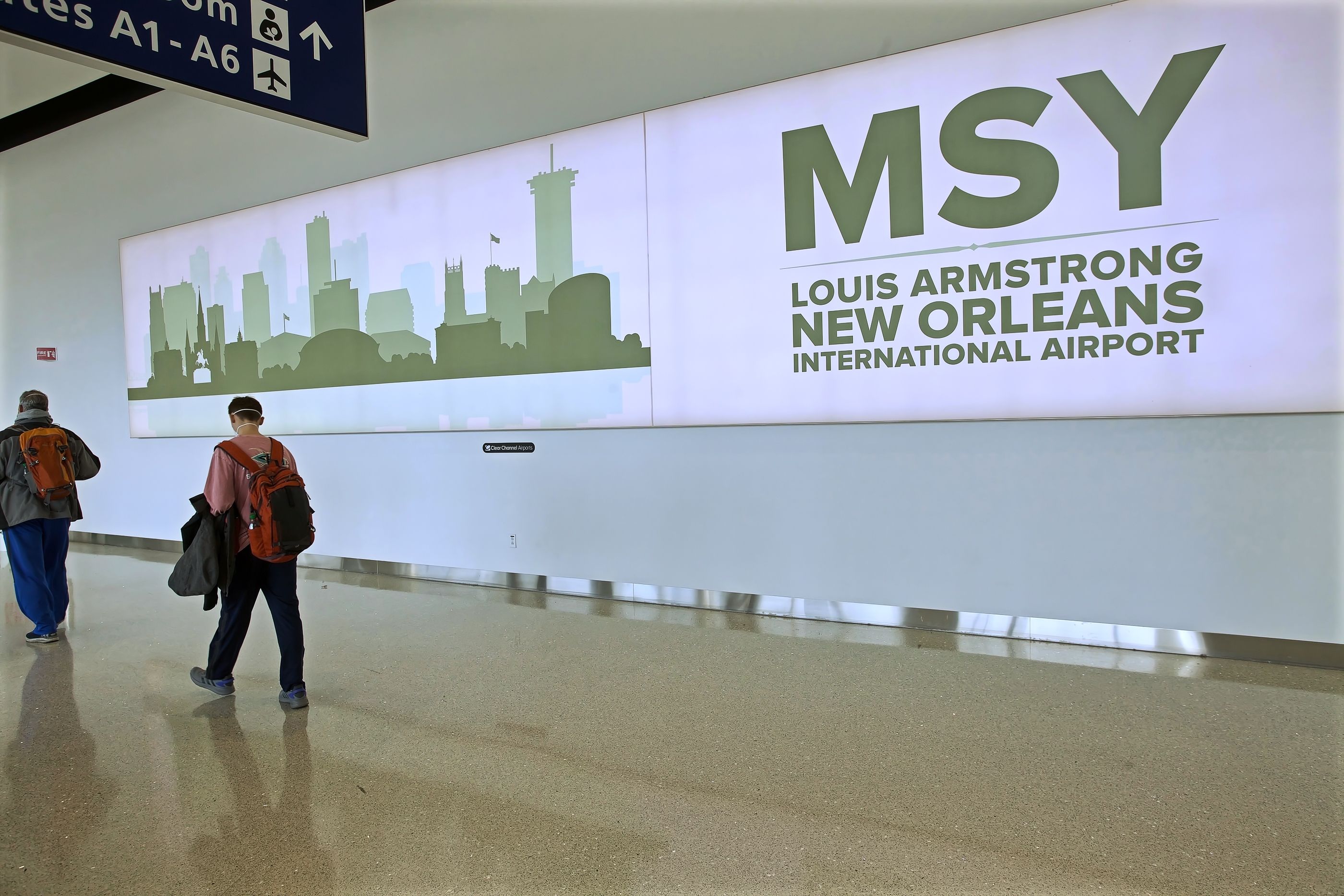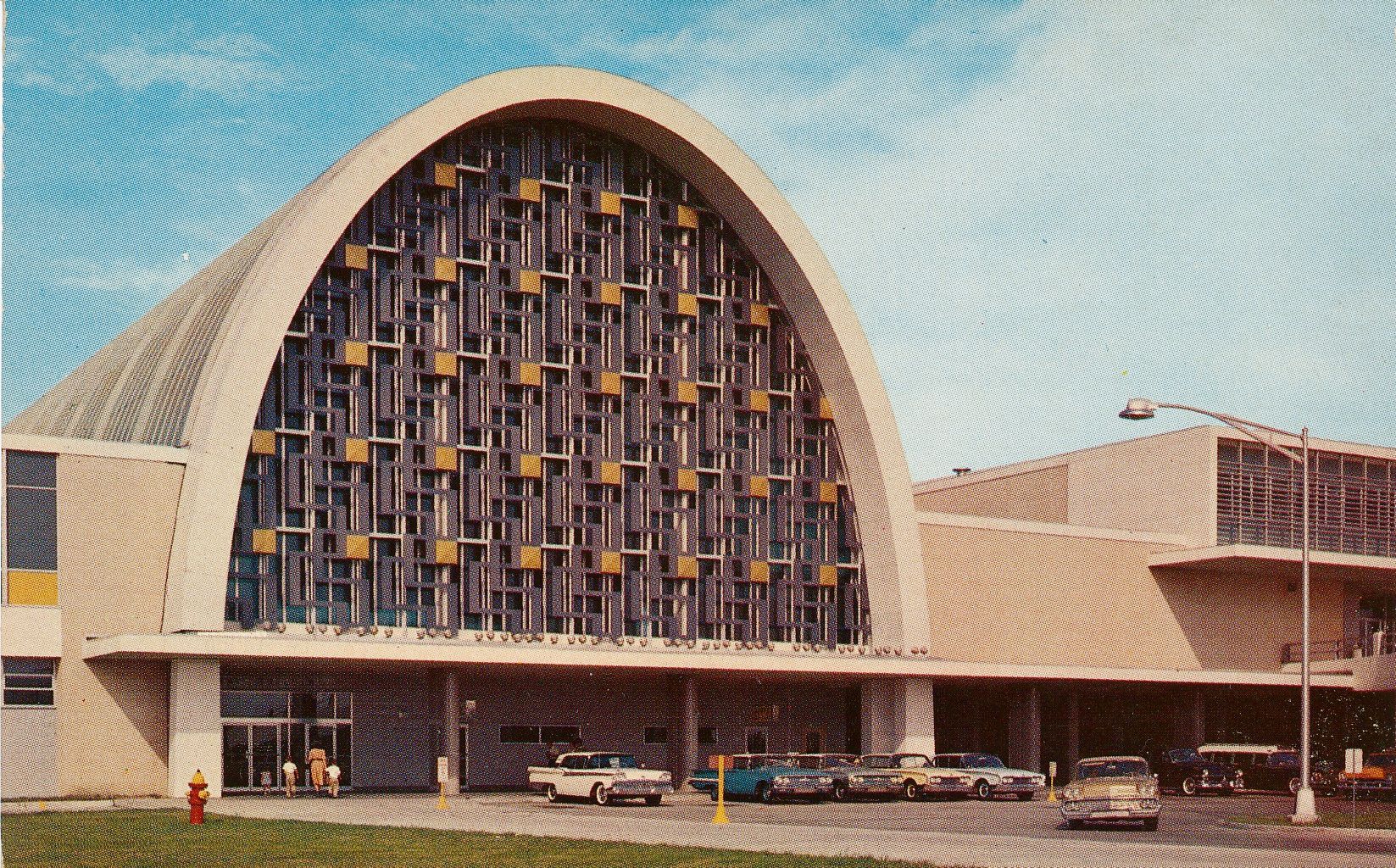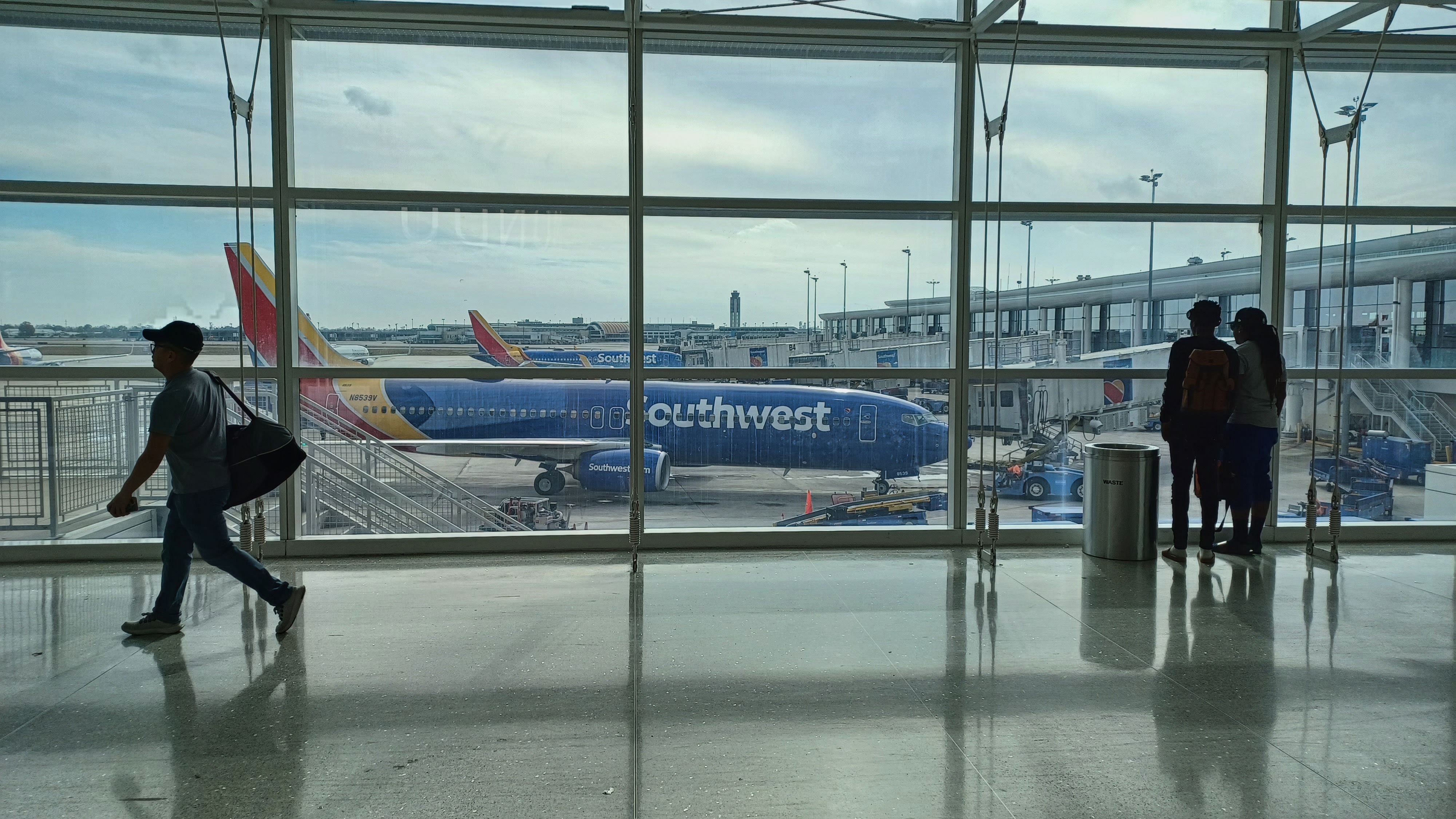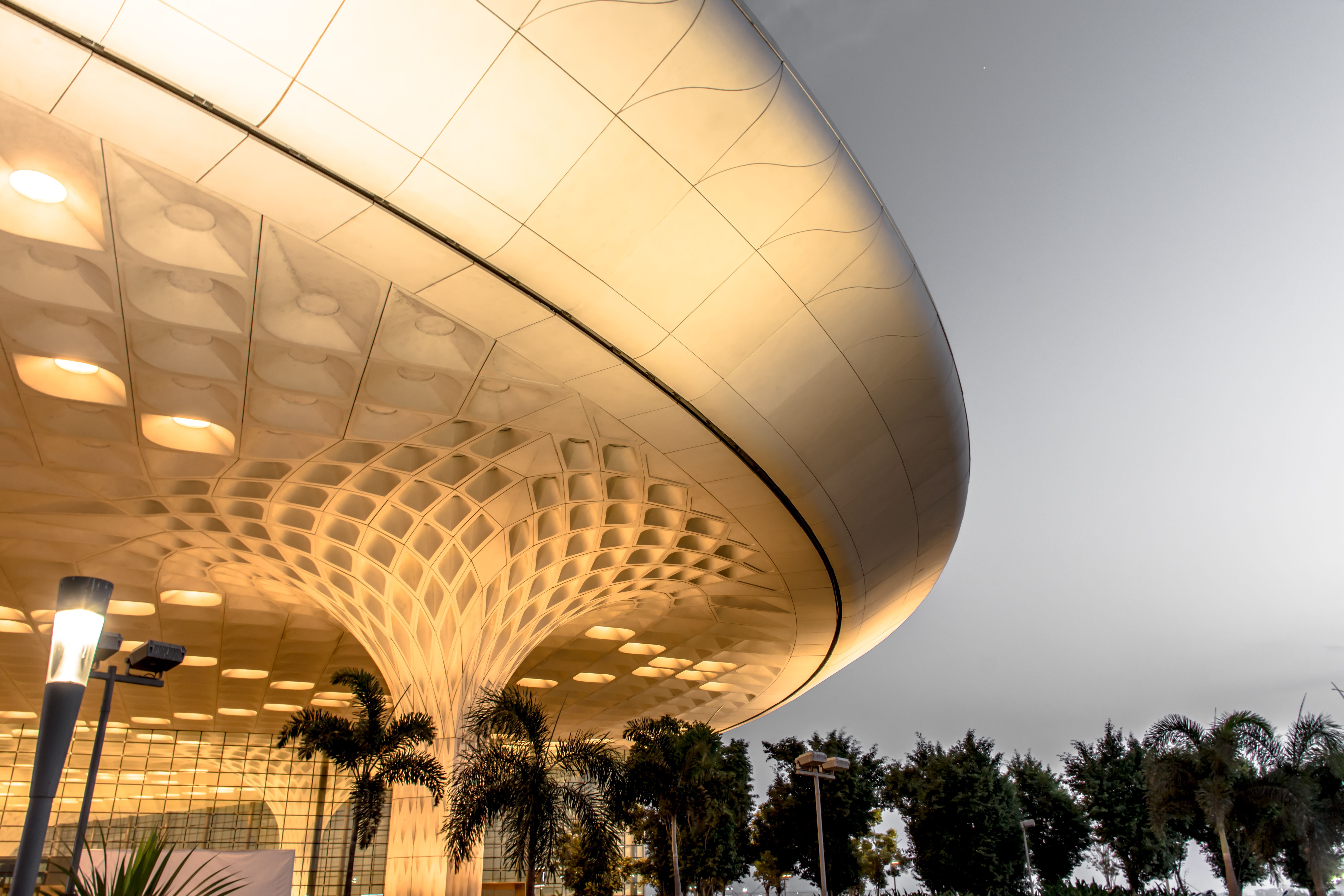Summary
- Louis Armstrong New Orleans International Airport (MSY) gets its IATA code from Moisant Stock Yards, the area of land where it was built.
- The airport opened in 1946 and has since undergone expansions, playing a pivotal role in recovery efforts after Hurricane Katrina.
- In 2022, the airport saw over 11 million passengers, with Southwest Airlines and Delta Air Lines being the leading carriers.
In some cases, the link between an airport’s name and its IATA code is clear – the likes of John F. Kennedy International Airport (JFK) and London Heathrow Airport (LHR) are prime examples. However, others are not so obvious, such as Louis Armstrong New Orleans International Airport, which uses the IATA code MSY.
Photo: Elliott Cowand Jr | Shutterstock
The first airport to be built in New Orleans opened in February 1934. It was known as Lakefront Airport, and adopted the IATA code NEW. Therefore, when it came to building the much larger international airport that we know today, a different IATA code had to be used.
Louis Armstrong New Orleans International Airport IATA code comes from Moisant Stock Yards, which is the name given to the area of land used for cattle farming where the airport was subsequently built. The land bears the name Moisant Stock Yards because it was here that, in 1910, the US aviator, John Moisant, perished in an air crash.
A brief history of MSY
Louis Armstrong New Orleans International Airport opened its doors to passengers for the first time in May 1946, having been built to cater to the city’s growing aviation market. With three 5,000 ft runways and one 7,000 ft runway, it was one of the largest airports in the country at the time.
The airport was originally named Moisant Field Airport, but in 1960, its name was changed to New Orleans International Airport. Major expansion followed in 1974, bringing the total number of gates to 42, and the airport benefitted greatly from the boom in air travel towards the end of the twentieth century.
Its name remained the same until July 2001, when the airport was renamed to Louis Armstrong New Orleans International Airport, in honor of the 100th anniversary of the birth of the influential jazz musician.
Louis Armstrong New Orleans International Airport went on to play a pivotal role in the rescue and recovery operation following Hurricane Katrina in August 2005. The airport was closed for one month to scheduled passenger services, but thanks to special charter flights operating at the airport, more than 30,000 people were evacuated to safety.
MSY today
In 2022, Louis Armstrong New Orleans International Airport saw more than 11 million passengers, with Southwest Airlines having a 35% market share, followed by Delta Air Lines with 15%. The most common destinations from the airport were Atlanta (ATL), Houston (IAH), and Dallas (DFW).
Photo: Elliott Cowand JR | Shutterstock
British Airways began flying to the airport from London Heathrow in March 2017, with a 214-seat Boeing 787-8. Today, it is the airport’s only scheduled transatlantic passenger service, and operates four times per week. Other international destinations include Cancun (CUN) and San Pedro Sula (SAP), operated by Spirit Airlines, Toronto (YYZ) by Air Canada, and Montreal (YUL) by Air Canada Rouge.
Other unusual IATA airport codes
There are a number of other airports around the world with unusual IATA codes, with some originating from the city’s historic name. Beijing Capital International Airport (PEK), for example, comes from Peking, while Mumbai’s Chhatrapati Shivaji Maharaj International Airport (BOM) derives from Bombay.
Photo: Chansak Joe | Shutterstock
Meanwhile, in Canada, all IATA airport codes begin with the letter Y. This is believed to be because, historically, airport codes across the country had two letters, but as air travel grew in popularity and more airports were built, a third letter was added to better differentiate between them.
Have you flown to or from Louis Armstrong New Orleans International Airport? Share your experiences and memories of the airport by commenting below.

